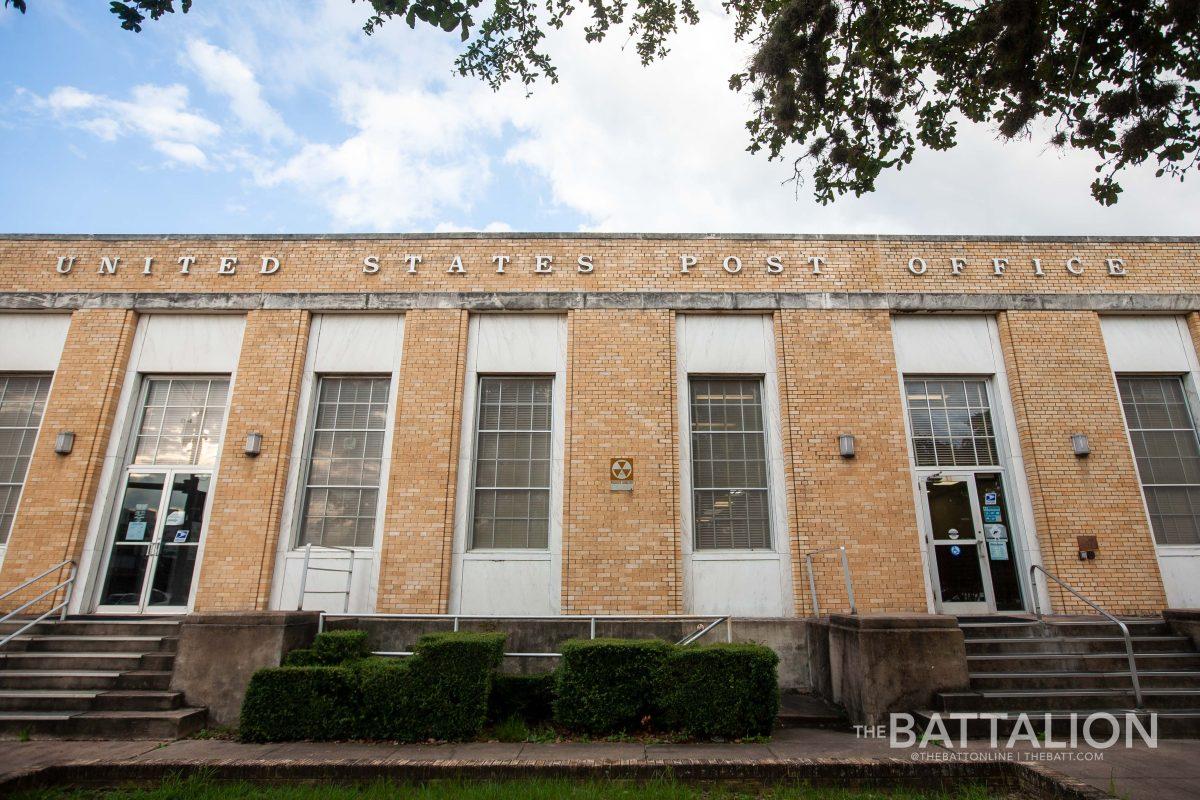Texas has strict requirements on mail-in ballot eligibility, but many Texas A&M students meet absentee voting guidelines.
With a record-breaking number of mail-in ballots expected for November elections, college students who can’t get home to vote in the county where they registered, qualify to vote absentee.
Absentee ballots overcome barriers to voting caused by distance or inability to travel.
“I’m a college student, so time is a serious factor in my day-to-day life,” Dahna Dehghany, a political science junior from Houston who has voted absentee said. “With mail-in voting, I didn’t have to go anywhere; the voting came to me.”
Students registered to vote qualify for an absentee ballot if they will be outside their registered county throughout early voting and on election day. The first step is to submit an absentee ballot application to the county elections office where the voter is registered. Deadline to submit is Oct. 23, just over a week before Nov. 3 Election Day.
Once approved, voters who submitted their absentee ballot request 45 days or more before the election could receive their ballot up to 30 days before the election. County election offices must receive a ballot by 7 p.m. on Nov. 3; ballots postmarked by this date and time can arrive as late as 5 p.m. Nov. 4 and still be counted.
The key is to start the process early.
International studies senior Madison Jaco said she voted absentee in Texas while interning in Arlington County, Virginia. Confirming the status of her application and final ballot was not easy, Jaco said.
“I think the mail-in voting process in Texas could be made more accessible to all people,” Jaco said. “Currently, it’s tedious and confusing.”
According to Brookings Institution research on best mail-in voting processes, Texas received a letter score of “C” due to lack of accessibility. By comparison, Oregon received a letter score of an A, making it the model as more states debate expanding mail-in voting due to the coronavirus pandemic. Oregon pioneered statewide vote by mail 20 years ago.
“Since Oregon took the plunge, Colorado, Hawaii, Utah and Washington state have followed. Other states are edging toward [mail-in voting], at least this year, amid concerns that forcing voters to polling places will reduce turnout and expose them to the coronavirus,” Associated Press News reported.
As a college student, Jaco said she appreciates the opportunity to vote absentee, but said it should be easier to monitor application status and to confirm receipt of ballots to reassure voters. She said she would like to see Texas expand mail-in voting to all voters.
“I think people should be able to participate in mail-in voting if they want to for their own health, safety, or convenience,” Jaco said, “regardless of whether or not they have pre-existing conditions or are college students who regularly qualify for vote by mail.”
This story is a collaboration between The Battalion and upperclassmen in Texas A&M’s journalism degree. To see the online copy of the “All Things Voting” print edition, click here.










